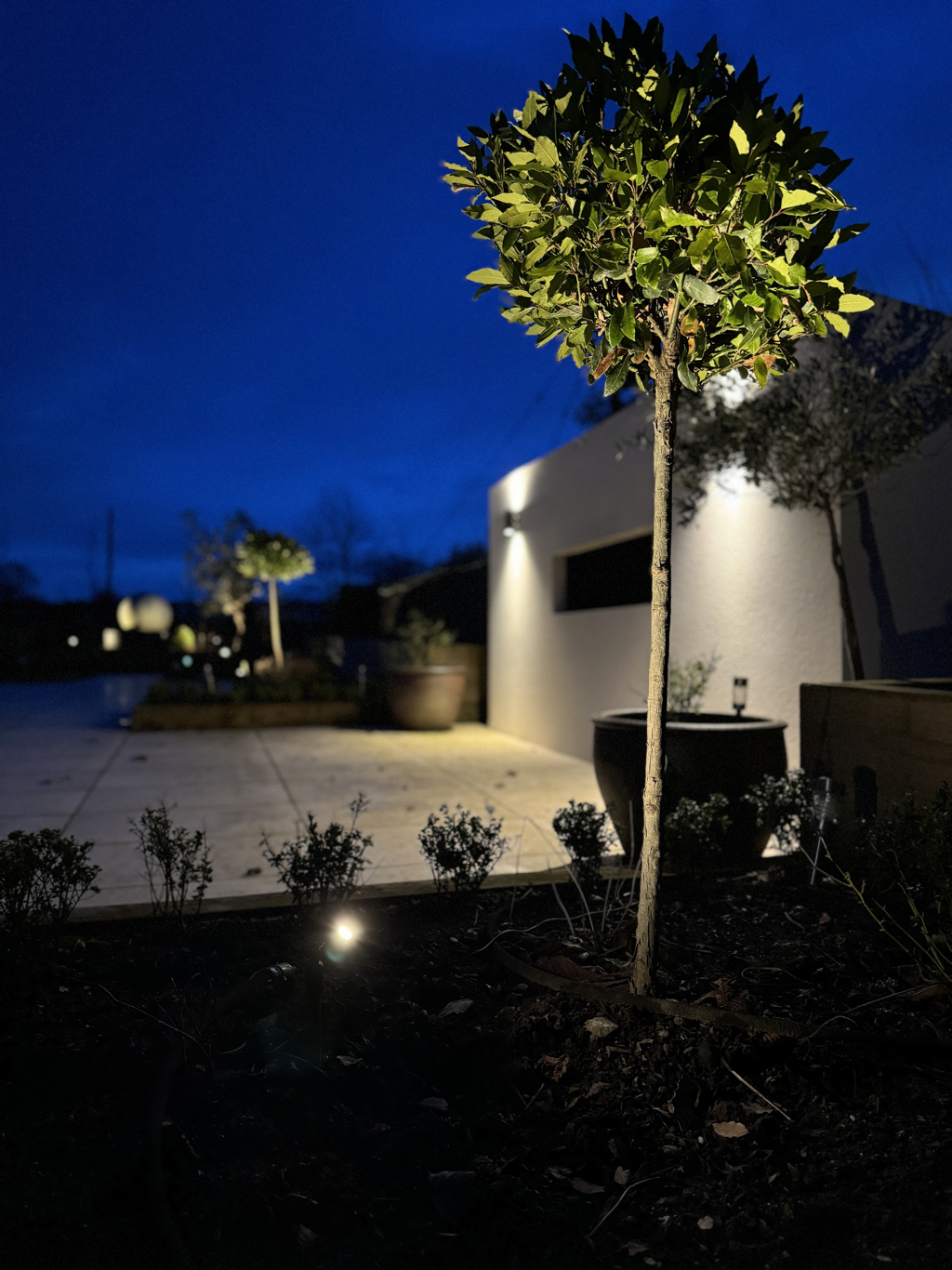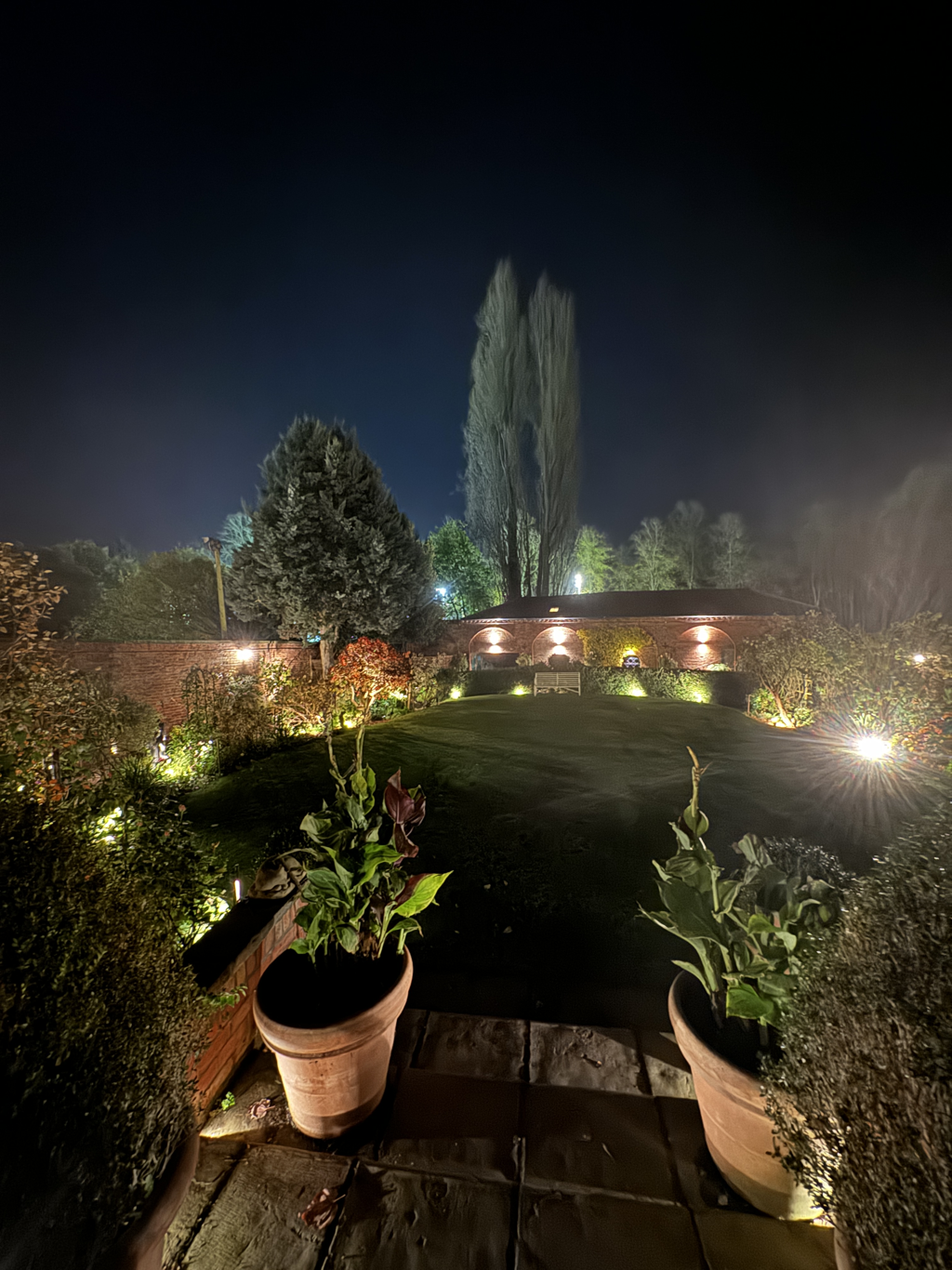Well-designed and installed landscape lighting offers many benefits that extend beyond mere illumination, enhancing both the aesthetic appeal and functionality of outdoor spaces. A key aspect lies in achieving the delicate balance between providing adequate lighting and ensuring visual appeal without overwhelming brightness.
Proper design is crucial to striking this balance. Careful consideration of the layout, focal points, and specific features within the landscape is essential. Pathways, architectural elements, and foliage should be highlighted strategically to create a cohesive and visually pleasing atmosphere. Utilising a variety of fixtures, such as spotlights, path lights, and accent lights, can add depth and dimension to the overall design.
The need for well-installed infrastructure cannot be overstated. Precise placement of fixtures, secure wiring, and proper sealing of joint boxes are vital components to prevent damage and nuisance tripping. Buried cables or conduit systems help protect the wiring from environmental elements and potential disturbances, ensuring the longevity of the landscape lighting system.
The need for well-installed infrastructure cannot be overstated. Precise placement of fixtures, secure wiring, and proper sealing of joint boxes are vital components to prevent damage and nuisance tripping. Buried cables or conduit systems help protect the wiring from environmental elements and potential disturbances, ensuring the longevity of the landscape lighting system.
Controlling the lighting effectively is another key aspect of a well-designed installation. Manual switching provides basic control, allowing users to adjust the lighting according to specific needs or preferences. Timers offer automation, enabling scheduled activation and deactivation of the lighting system, promoting energy efficiency. Movement sensors can help illuminate areas as they are used.
Daylight sensors contribute to sustainability by automatically adjusting the lighting based on natural light levels. This not only conserves energy but also ensures that the landscape is appropriately illuminated throughout the night, adapting to changing environmental conditions.
Daylight sensors contribute to sustainability by automatically adjusting the lighting based on natural light levels. This not only conserves energy but also ensures that the landscape is appropriately illuminated throughout the night, adapting to changing environmental conditions.


